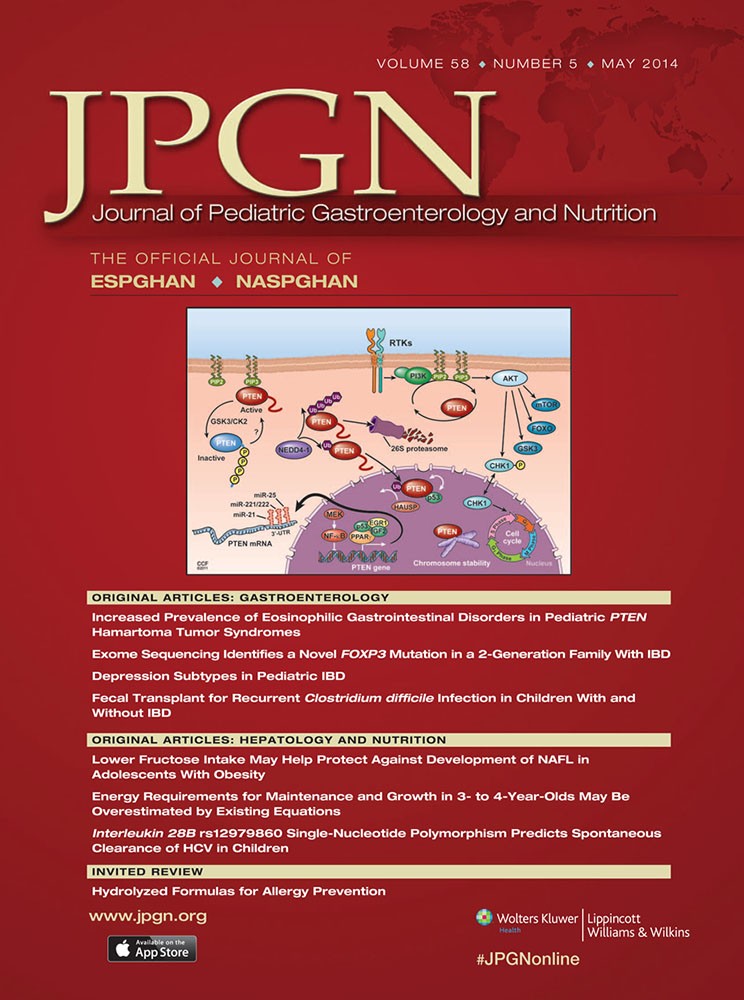Hydrolyzed Formulas for Allergy Prevention
This article has been developed as a Journal CME Activity by NASPGHAN. Visit: http://www.naspghan.org/wmspage.cfm?parm1=742 to view instructions, documentation, and the complete necessary steps to receive CME credit for reading this article.
Supplemental digital content is available for the present article. Direct URL citations appear in the printed text, and links to the digital files are provided in the HTML text of the present article on the journal's Web site (www.jpgn.org).
C.A. has participated as a clinical investigator or speaker for Soremartec, Nestlé Nutrition Institute, and Nutricia. J.B. has given lectures for Abbott Nutritional Institute and Mead Johnson Nutritionals. R.S. has participated as a clinical investigator, advisory board member, consultant, or speaker for Abbott, Danone, Enzymotec, Ferrero, Nestlé Nutrition Institute, Nutricia, and Teva. H.S. has participated as a clinical investigator, advisory board member, consultant, and/or speaker for Abbott, Arla, Biogaia, Biocodex, Danone, Dicofarm, HiPP, Nestlé, Nestlé Nutrition Institute, Nutricia, Mead Johnson, Merck, and Sequoia. D.T. has participated as a clinical investigator or speaker for Danone and Nestlé. Y.V. has participated as a clinical investigator, advisory board member, consultant, and/or speaker for Abbott Nutrition, Biogaia, Biocodex, Danone, Hero, Nestlé Nutrition Institute, Nutricia, Mead Johnson, Merck, Orafti, Phacobel, Sari Husada, United Pharmaceuticals, Wyeth, and Yakult. A.S. reports no conflicts of interest.
ABSTRACT
Objectives:
The aim of the present review was to provide recommendations on the use of hydrolysates in infants when formula feeding is initiated.
Methods:
We performed an overview of reviews followed by a systematic review of subsequently published trials.
Results:
We found 8 systematic reviews; only 1 study of limited quality was published afterwards. Certain extensively hydrolyzed casein and certain partially hydrolyzed whey formulas are appropriate for reducing the risk of allergy in infants at high risk when formula feeding is initiated.
Conclusions:
In high-risk infants, when breast-feeding is not possible, hydrolysates of documented safety and efficacy have an indication in infant feeding up to the age 4 to 6 months.




